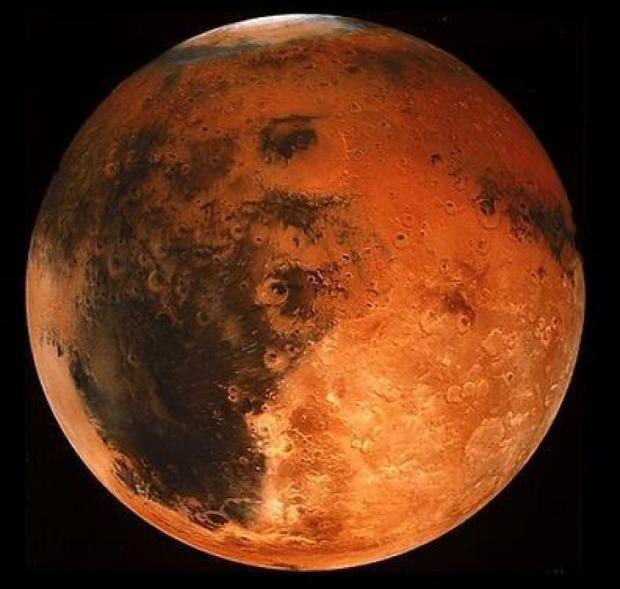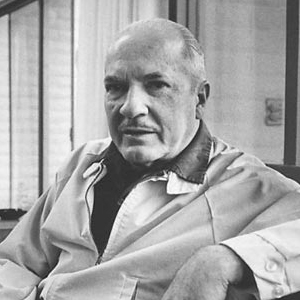World building is an integral part of fiction. When it comes to sci-fi, Mars seems like the perfect world to build. It’s been long ignored. Now, it might get its chance chance.
Writers (myself included) are closet megalomaniacs. When you write, one of the more important, though hidden, tasks is you have to construct the fictional world your characters inhabit. This is true whether you write a true-to-life family drama or a space opera set in unexplored galaxies.
As a writer, I love that part of it. And I suspect most other writers do as well. Why? Because we get to create these worlds. We are in charge.
On that level, it’s all about the worlds. But what about literal worlds?
As a sci-fi fan, I could never figure out why Mars is always forgotten. It’s well represented in print (Ray Bradbury’s The Martian Chronicles, for one example of many). But on film and TV, apart from a few crappy movies, Mars has been largely ignored.
And it’s right next door. You can see it, if you have a good telescope.
That may change. Spike TV, of all networks, plans to produce a TV show adapted from Kim Stanley Robinson’s Mars trilogy (Red Mars, Blue Mars and  Green Mars). I read these books years ago. I have some problems with the books, mostly involving pacing (slow…), but what he did brilliantly in his writing was build a world. Mars.
Green Mars). I read these books years ago. I have some problems with the books, mostly involving pacing (slow…), but what he did brilliantly in his writing was build a world. Mars.
His books track the colonization and terraforming of Mars over centuries. He includes topics and themes such as genetic engineering and social unrest. His characters run the gamut of human nature. And he has a space elevator,which blew my young sci-fi mind when I first read about it years ago, but is now slowly turning from science fiction to science fact.
If this series comes to pass (which is always a huge question mark) and if it is done well (an even bigger question mark), it would finally give the Red Planet its due in the sci-fi world.
Let’s hope. Here’s to world building.



